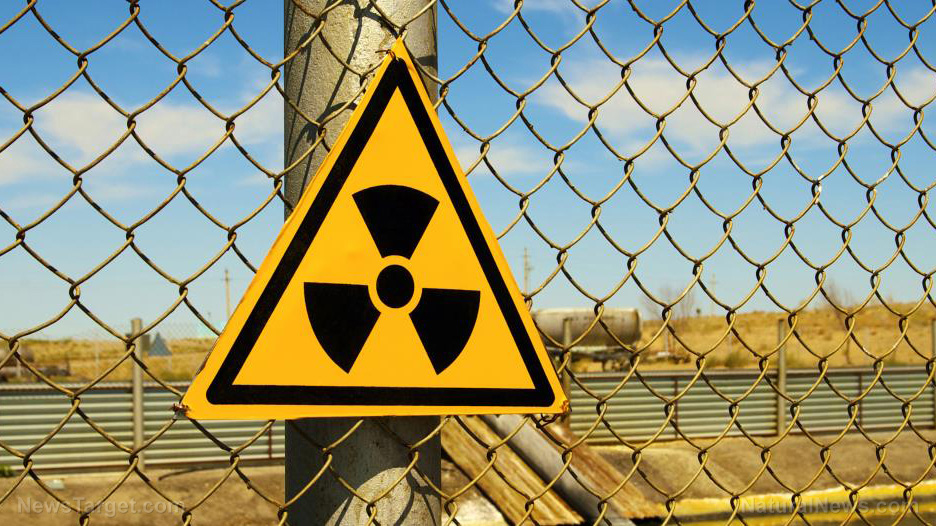Miami’s stinking problem: Growing trash piles and overflowing septic tanks test city’s appeal to new residents
08/04/2023 / By Olivia Cook

As the City of Miami tries to attract more out-of-state workers and wealthy residents, it must deal with a multi-billion dollar environmental problem caused by the city’s growing trash piles and overflowing septic tanks.
Miami has been a magnet for people fleeing cold weather, crime, crumbling infrastructure and high taxes in other cities. But according to a report from the office of Miami-Dade County Mayor Daniella Levine Cava, some of greater Miami’s massive landfills – like the Mount Trashmore park, which already stands at more than 130 feet high – will run out of space by 2026.
More urgent are the septic systems that serve more than 100,000 businesses and homes and the city’s 2.7 million residents. Many of those front-yard sewage tanks overflow when it rains – releasing fecal bacteria and other contaminants that end up transforming Miami’s streets into toxic areas that can kill local fauna and make people sick. (Related: OCEANSIDE FILTH: More than 3,000 U.S. beaches found to contain dangerous levels of sewage.)
Cava’s proposal is to pile the trash higher atop existing landfills and then build a $1 billion incinerator and power plant. This new infrastructure would replace the county’s existing incinerator that burned down earlier this year. The old incinerator used to process one million tons of trash each year.
Even if this solves Miami-Dade’s trash problem, keeping the toilets flushing is a more complex and expensive challenge as there are 108,000 homes and businesses with septic tanks in the county. Many bathe the ground with human waste within two feet above drinking water aquifers, falling short of minimum limits to avoid contamination. There are 50,000 more households in neighboring Broward County that are part of the county’s metropolitan sprawl and affect the septic tank problem.

Under Cava, the county has already spent $1 billion on water and sewer lines and has allocated another $160 million. But according to government estimates, fully solving the problem by ridding or stripping the county of septic tanks would cost more than $4 billion and would require raising taxes to fund those efforts – as well as the expansion of landfills and other trash collection costs.
Homeowners already pay more than $500 a year in local taxes just for garbage collection, and under Cava’s proposed $10 billion budget for the next fiscal year, could be charged another $36 in pickup fees. Homeowners will also likely cover the cost of connecting their properties to sewer lines, a task that could cost $20,000 on average.
Miami driving away more residents than it is attracting
The county recently reported its first population loss in decades in a trend that could continue as significant infrastructure problems, like the mounting garbage and sewage issues, threaten new development. Miami’s status as the “favorite American city for the ultra-wealthy” is pushing out its middle class – and everyone else.
Between 2019 and 2022, Miami-Dade County’s population dipped by approximately 79,535 people, marking the county’s first recorded population decrease over multiple years since 1970.
This population decrease also marks a bigger loss as a share of the total population of the city than those recorded by places like Baltimore and Wayne County, Michigan – which includes Detroit – over the same period.
Apart from infrastructure concerns, residents note that the cost of living is rising while wages are stagnating and home prices are pricing out many middle-class talent that could have helped keep the county’s economy booming.
“It’s the middle class, it’s our talent base, it’s our college graduates moving out for better opportunities elsewhere,” warned Maria Ilcheva, census information center lead at Florida International University’s Jorge M. Perez Metropolitan Center. “We need to be a city that, below the skyline, can provide a good quality of living.”
For more stories about pollution, head over to Pollution.news.
Watch this video discussing how Miami’s overflowing septic tanks and trash pile test its appeal to the rich.
This video is from the Daily Videos channel on Brighteon.com.
More related stories:
Millions of gallons of untreated sewage from Mexico spilling into San Diego, forcing beach closures.
NYC hotel discarding TONS OF FOOD meant for illegals.
Electric garbage trucks in New York FAIL after just four hours – gas is what gets the job done.
Landfills seen as potential source of raw materials in the future.
Sources include:
Submit a correction >>
Tagged Under:
This article may contain statements that reflect the opinion of the author




















